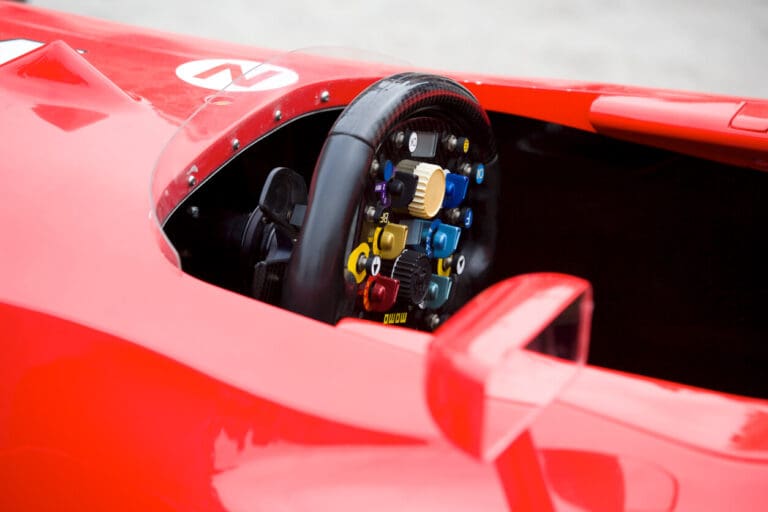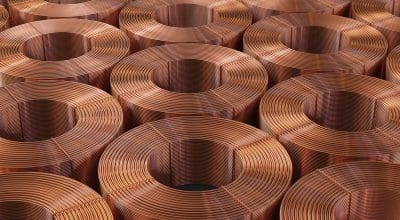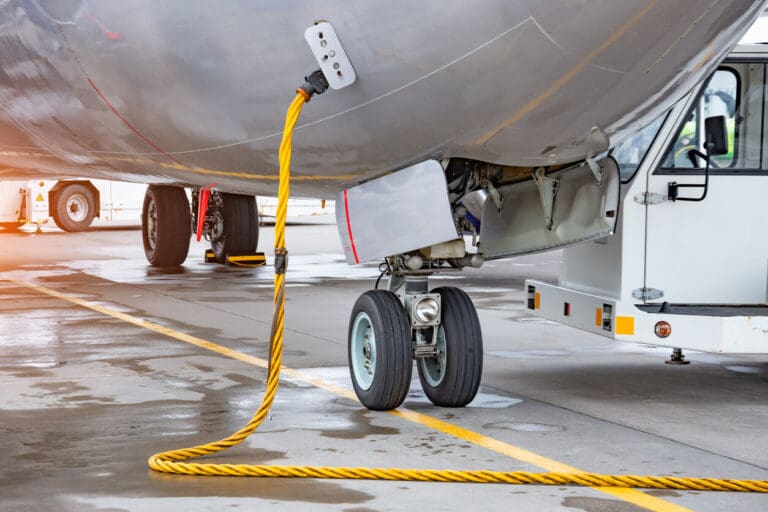
Are Motorsport Cables the Hidden Upgrade Behind Faster Lap Times?
Motorsport teams chase marginal gains in every area of the car, yet many still treat...
Read More
The cable manufacturing industry is at a pivotal moment, facing a complex landscape of evolving technological demands, supply chain constraints, and sustainability pressures. While these challenges pose difficulties for manufacturers, they also create opportunities for innovation, efficiency improvements, and market expansion. As industries such as energy, telecommunications, aerospace, and transport continue to evolve, cable manufacturing must adapt to meet new expectations and ensure long-term resilience. The increasing demand for high-performance cables across various sectors, along with the rise of new technologies, makes it imperative for manufacturers to remain agile and forward-thinking.
One of the most pressing challenges in cable manufacturing is supply chain volatility. Global material shortages, geopolitical tensions, and rising costs for key raw materials such as copper and aluminium have created instability in sourcing essential components. Manufacturers must adopt robust procurement strategies, diversify suppliers, and explore alternative materials to mitigate risks. Additionally, transportation bottlenecks and logistical disruptions further compound supply chain uncertainties, requiring companies to develop more localised and resilient production strategies.
Inflation and energy price fluctuations have increased the cost of production, impacting profitability and efficiency. The high energy demands of cable manufacturing require significant investments in energy-efficient production methods and facility upgrades to remain competitive while reducing operational costs. Furthermore, the growing pressure to meet sustainability goals means manufacturers must balance energy efficiency with maintaining production capacity, leading to a need for innovative solutions such as renewable energy-powered factories and improved waste reduction techniques.
The cable industry must adhere to stringent regulations regarding safety, quality, and environmental impact. Compliance with evolving standards, including fire resistance, electromagnetic compatibility, and sustainability directives, requires ongoing investment in research and testing. Manufacturers must stay ahead of regulatory changes to maintain market access and credibility. With stricter policies emerging across different markets, particularly in Europe and North America, companies must also consider aligning their compliance strategies to meet global standards, ensuring that their products remain competitive on a worldwide scale.
With growing emphasis on reducing carbon footprints, the cable industry faces increasing demand for sustainable solutions. Customers and regulators are pushing for lower emissions, recyclable materials, and energy-efficient products. Implementing sustainable manufacturing practices, such as using eco-friendly insulation materials and reducing waste, is essential for long-term success. Additionally, many industries now seek supply chain transparency, requiring manufacturers to provide lifecycle assessments of their products, which adds another layer of complexity to sustainability efforts.
The demand for higher-performance cables in applications such as 5G networks, renewable energy, and smart infrastructure is increasing. Cable manufacturing must continuously evolve to produce high-voltage, high-speed, and high-durability cables that meet the requirements of modern industries. Investing in R&D and staying ahead of emerging technologies is crucial to maintaining a competitive edge. The adoption of AI-driven quality control systems and predictive maintenance can help manufacturers improve production efficiency and reduce downtime, while digital twin technology enables real-time monitoring of cable performance under different conditions.
The transition to renewable energy sources, including offshore wind, solar, and hydrogen power, is creating significant demand for specialised cables. Cable manufacturing companies can capitalise on this shift by developing robust, high-voltage cables suited for extreme environmental conditions. Additionally, the expansion of electric vehicle (EV) infrastructure presents further opportunities for growth. High-voltage direct current (HVDC) cables are increasingly in demand to improve the efficiency of renewable energy transmission across vast distances, presenting a major opportunity for manufacturers to specialise in this growing sector.
As smart cities and automation become more prevalent, the need for intelligent cabling solutions is rising. High-performance cables with integrated data transmission capabilities are essential for IoT networks, AI-driven industrial automation, and connected transport systems. By investing in digital technologies, manufacturers can position themselves as key players in the future of connectivity. Emerging applications in smart grids and intelligent transportation systems further drive demand for specialised cabling solutions, creating room for product innovation and differentiation.
Recent supply chain disruptions have highlighted the risks of over-reliance on global suppliers. As a result, many countries, including the UK, are focusing on reshoring cable manufacturing to enhance national energy security and industrial resilience. Companies that invest in domestic production capabilities will benefit from greater stability, reduced lead times, and increased government support. In addition, investment in regional partnerships with component manufacturers can create more stable and predictable supply chains, ensuring uninterrupted production even in times of global economic uncertainty.
The push for sustainability is driving research into alternative materials and production methods. Advances in biodegradable insulation, aluminium alternatives to copper, and low-carbon manufacturing processes are creating new business opportunities. By prioritising green innovation, manufacturers can differentiate themselves and attract environmentally conscious customers. Additionally, the growing popularity of circular economy principles encourages companies to develop take-back programs for used cables, enabling recycling and reducing the environmental impact of disposal.
The integration of automation, AI, and advanced robotics in cable manufacturing is improving efficiency, quality, and cost-effectiveness. Predictive maintenance, machine learning-driven quality control, and digital twin simulations are enabling manufacturers to streamline operations and enhance productivity. Companies that leverage Industry 4.0 technologies will gain a competitive advantage in an increasingly digital landscape. Robotics-assisted cable assembly and automated material handling further reduce errors and enhance the consistency of cable production, leading to improved product reliability and reduced waste.
While the cable manufacturing industry faces numerous challenges, it is also brimming with opportunities for growth, innovation, and sustainability. By addressing supply chain disruptions, embracing technological advancements, and committing to greener production methods, manufacturers can not only overcome obstacles but also thrive in an evolving marketplace.
As industries worldwide continue to modernise, cable manufacturing remains a cornerstone of connectivity, energy distribution, and infrastructure development. Companies that invest in automation, sustainability, and supply chain resilience will be well-positioned to lead the industry in the years to come, ensuring a stable and innovative future for cable manufacturing on a global scale.
At GEM Cable Solutions, we are committed to delivering high-quality, tailored cable solutions that meet the evolving needs of modern industries. Contact us today to discuss how we can support your business with innovative and reliable cable solutions.

Motorsport teams chase marginal gains in every area of the car, yet many still treat...
Read More
The wiring harness is a high-risk single point of failure in any complex system. If...
Read More
The wiring harness is the highest risk, lowest profile element in flight-critical infrastructure. When your...
Read MoreReady to talk cables, fibre or full network solutions? Get in touch with our team today, we’re here to help.